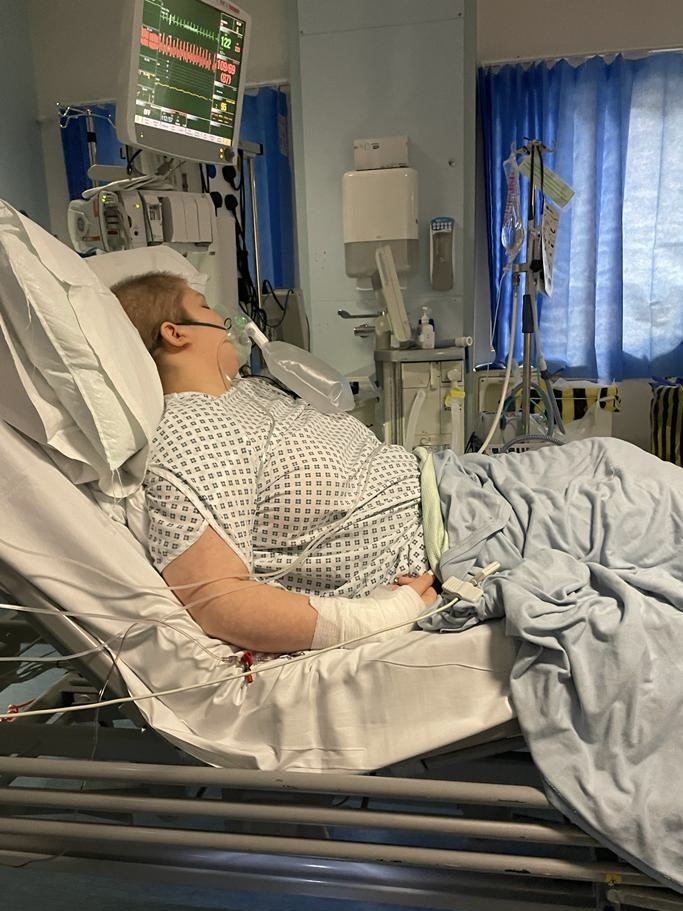Leukaemia
Leukaemia is the name for a group of cancers that start in your bone marrow and affect your blood cells. Find out about the symptoms and how leukaemia is diagnosed and treated.
You are viewing: Intro
- Leukaemia is the name for a group of cancers that start in your bone marrow and affect your blood cells
- The most common types in young people are acute lymphoblastic leukaemia and acute myeloid leukaemia
- Common symptoms can include feeling really tired all the time, feeling dizzy, headaches, breathlessness, pale skin, frequent infections and bruising easily
- Leukaemia is usually diagnosed with a blood test, followed by a bone marrow test
- It’s treated in stages, using different treatment options depending on the type you have
What is leukaemia?
Leukaemia is the name for a group of cancers that start in your bone marrow and affect your blood cells.
There are lots of different types of leukaemia. The most common ones in young people are acute lymphoblastic leukaemia and acute myeloid leukaemia.
These have similar symptoms and are treated in similar ways, but are caused by different types of abnormal white blood cells being made.
Blood cells are made in bone marrow – the soft, spongy stuff inside your bones.
If everything is working well, red blood cells (which carry oxygen), white blood cells (which fight infection) and platelets (which stop bleeding) are created when your body needs them.
If you have leukaemia though, too many white blood cells are released, and they stop the normal cells in your bone marrow from growing. As a result, the amount of normal red cells, white cells and platelets in your blood is reduced – and this causes a range of problems.
What are the symptoms of leukaemia?
Common symptoms of leukaemia are:
- Feeling really tired a lot of the time, breathlessness, dizziness, headaches and pale skin. These things can be caused by not having enough red blood cells.
- Lots of infections that won’t go away. This can be caused by not having enough healthy white blood cells.
- Bruising easily or unusual bleeding – like nosebleeds, very heavy periods or bleeding gums when you brush your teeth. These are all caused by a lack of platelets.
Other signs to look out for include:
- High temperature
- Sweating at night
- Losing weight
- Pain in your stomach
How is leukaemia diagnosed?
First, your doctor will check for physical signs of leukaemia – like swollen glands – and take a blood test.
If the test shows abnormal levels of white blood cells or low numbers of normal blood cells, you’ll be referred to a specialist.
A sample of bone marrow is then usually taken from the back of your pelvis using a needle, so it can be looked at carefully under a microscope to confirm if you have leukaemia and, if you do, which type.
You can find out more in our Getting diagnosed section.
What are the treatments for leukaemia?
Treatment for acute leukaemia happens in stages.
The first stage is designed to kill leukaemia cells in your bone marrow and get your blood back to normal. The second stage aims to stop leukaemia coming back.
The exact treatment depends on which type of leukaemia you have, but chemotherapy is usually the main part of the treatment.
And it does take time – treatment usually lasts around four months for acute myeloid leukaemia and up to three years for acute lymphoblastic leukaemia.

PIF TICK accredited information
The Patient Information Forum is the UK membership organisation and network for people working in health information and support. The PIF TICK is the UK-wide Quality Mark for Health Information.

